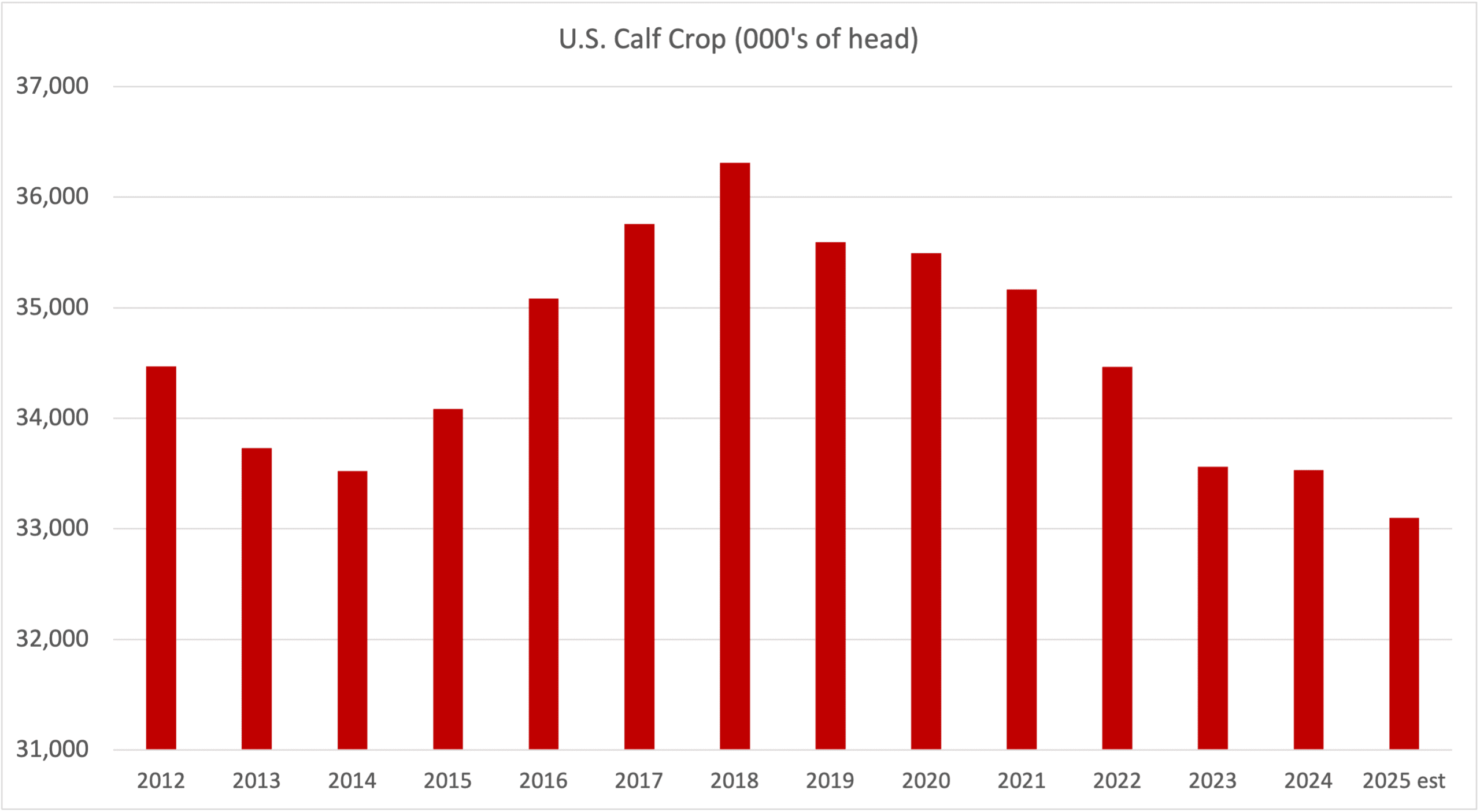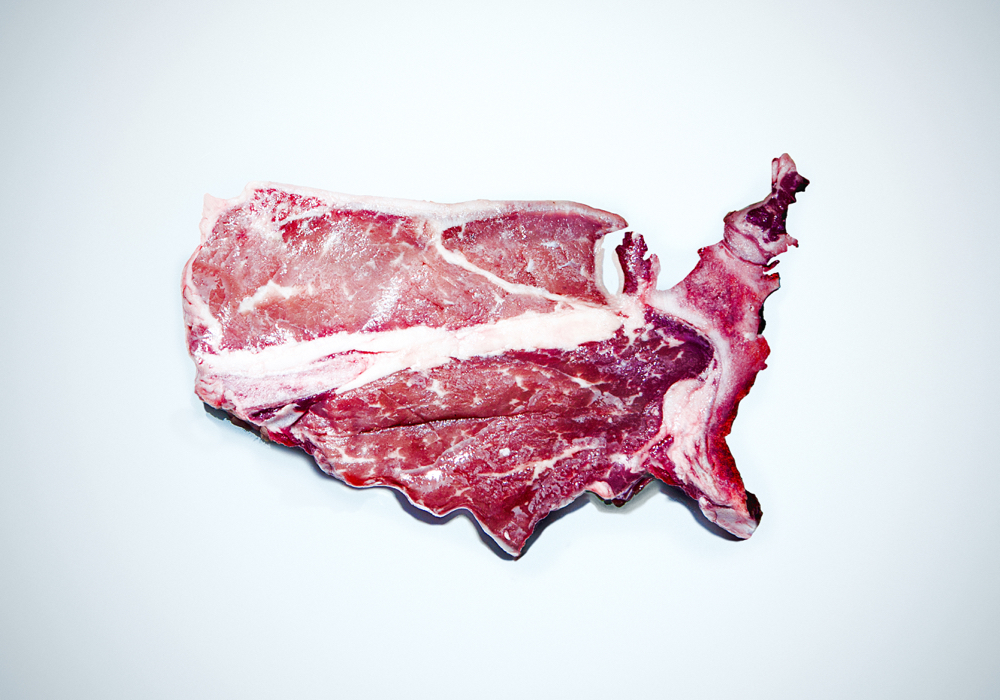Shipping delays and high prices are plaguing importers of North American beef in Taiwan, slowing sales of chilled Canadian beef.
Due to surging community cases, Taiwan CDC tightened all COVID restrictions, leading to many restaurant cancellations. Food take-out service remains a bright spot and business losses are bearable. Due to the Omicron wave that started in December, and having learned from previous experience, some importers have placed extra orders to handle a sudden surge of market demand. This is reflected in increased import volumes for January, especially for dominant market players such as the U.S. and Australia.
Beef importers have expressed that the beef price has become very tough for their business and the Canadian beef offer price is sometimes higher than other suppliers. Frozen Canadian beef sales remain steady as the foodservice market is slowly opening and demand is expected to gradually return. Chilled Canadian beef sales have been reduced over the last few months due to price competition.

In January, the total Taiwan beef imports were 10,936 MT in volume, a 3.1 per cent decrease compared with the same month in 2021. However, values increased by 38.6 per cent reaching US $126 million. Canadian beef imports decreased 66 per cent in volume and 52 per cent in value for the same period.
Read Also

Factors influencing cattle feeder market during the fall of 2025
Market analyst Jerry Klassen weighs in on live cattle markets
Due to surging prices, the Taiwanese government announced a temporary beef tariff import tax reduction from NT$10/kg to NT$5/kg until the end of April 2022. However, importers indicate this may not help much in stabilizing beef distribution prices as overall lead times, including shipping, is much longer in the beef business. Beef imports to Taiwan continue to experience many delays resulting in longer arrival times for beef sourced from North America. As a result, shelf-life issues for chilled beef continue to be a problem for many importers, retailers and foodservice owners.

Beef retail prices high
Taiwanese retail turnover in January was NT$392.2 billion, the highest for the month over the past years, with an annual increase of 6.4 per cent. Supermarket and hypermarket annual sales increases were 18.4 per cent and 17.1 per cent respectively while e-commerce sales volumes increased by 12.5 per cent.
Because the 2022 lunar new year fell in the first week of February, consumer buying power was concentrated in January including gifts, meals for lunar new year eve and the purchase of essentials for the long holiday.
Beef retail prices remain high. U.S. beef retail prices per kg. in February were US$49.77 for USDA orime ribeye and US$38.74 for USDA choice. Popular cuts like Choice short rib were US$35.54, chuck top blade US$17, shank US$14.19 and rib finger US$15.62. Compared with the same month in 2021, Prime and Choice ribeye cuts increased 57 per cent and 56 per cent respectively while short rib prices increased 49.33 per cent. Chuck top blade prices increased by 70 per cent.

Foodservice sees shipping delays for North American beef
Taiwan’s foodservice turnover in January reached NTD76.2 billion and had an annual increase of 8.7 per cent. Also benefiting from the lunar new year holiday, purchase power was concentrated in January. Although the epidemic situation worsened in January, which caused cancellations of reservations and in-land travel, food take-out and delivery services remained very active to keep business running and survive the new wave of COVID.
Due to high inflation and price increases of raw materials, many foodservice establishments announced a new wave of menu price increases even while the Taiwanese government has offered tax discounts. And due to shipping delays from North American beef sources, some restaurants have announced they will stop offering beef dishes on their menus until the shipment arrives. Feedback from importers indicates that chilled beef has an even higher risk of being delayed by up to two to four weeks, while frozen beef distribution has not been impacted as much.















